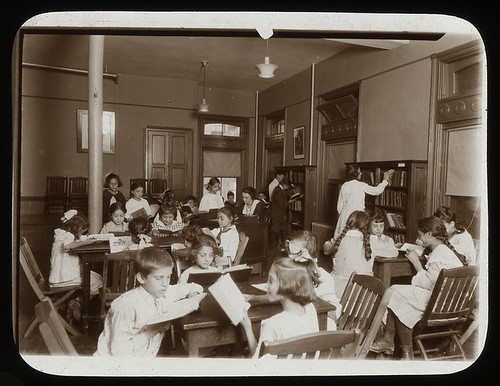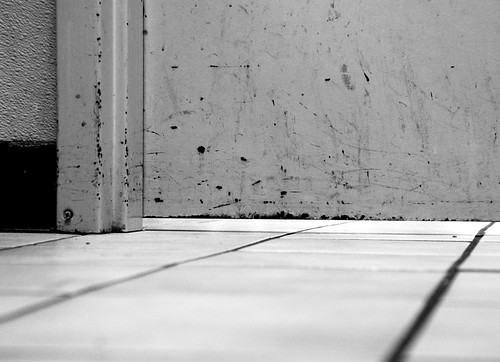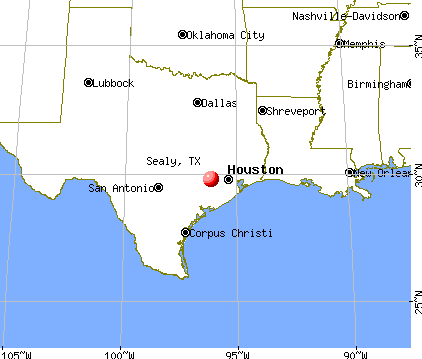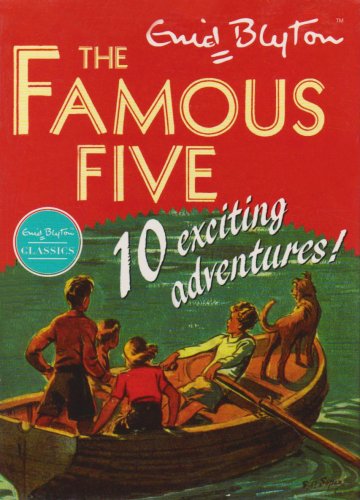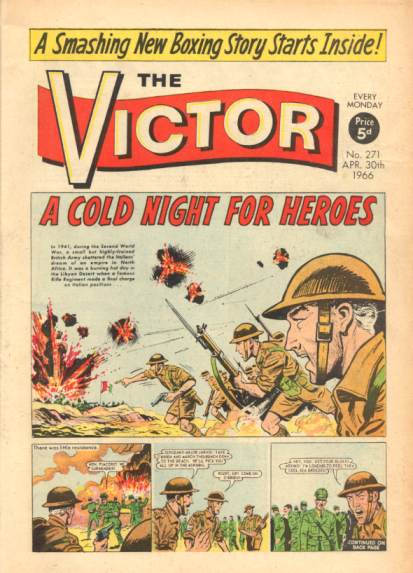All summer writers have been sharing their childhood experiences at the library. It is sometimes assumed that today's writer
was yesterday's reader reading under a library's green lamp
and a librarian's green stare. This was not the case for this week's writer, Dublin writer and editor John Kenny, whose first library was Smiths Toyshop.
*
MY REGRETTABLE NON-RELATIONSHIP WITH LIBRARIES
by John Kenny
To this day, I’ve never borrowed a book from a library.
The situation is most likely very different today for children and teenagers who will one day become writers, but it’s a time honoured tradition that writers of my generation, and those that came before, were bitten by the reading bug in their local libraries.
Anyone dipping into the background of their favourite writer will almost invariably discover a story of impoverished resources when it came to buying books, in fact, a distinct lack of variety of books available for the buying, that resulted in a veritable plundering by the future writer of their local library.
It’s the old story of the birth of a voracious reader who works through all the classics, devouring them at an alarming rate, at all hours, including under the bedclothes at night with a flashlight (admittedly, the kind of classics involved here may not always have been of the literary variety).
I envy this story (including the under the bedclothes bit – could never get my hands on the appropriate reading material). I wish I could relate that I was a voracious reader as a youth and young man, that I’d read all the classics by the time I’d left school. But such was not the case.
This was due to two factors: my early obsession with comics and my schooling. Like most kids in Ireland (and the U.K.), my initial exposure to comics was limited to the weekly titles that came out of the U.K.:
The Hotspur,
The Victor, and the like. These featured, largely, the adventures of Second World War British soldiers and sporting heroes. All very well and good, and I still have fond memories of those titles, but I reckon I would have probably grown out of my interest in comics at an appropriate age if it hadn’t been for the discovery of a little treasure trove of U.S. Marvel and DC comics that nestled right at the back of Smiths Toyshop on Wexford Street, near Dublin’s city centre, where I lived from the late ’60s to the mid-’70s.
I was particularly drawn to the Marvel titles and was blown away by the artwork and the idea of full colour throughout. These titles never came into Dublin on any kind of consistent basis. I found out years later that they were stacked on pallets and used as ballast on ships travelling across the Atlantic; anyone could buy these pallets of comics for a pittance if they knew about it and had a truck they could drive down to the docks.
So I ended up using my imagination to fill in the blanks in the storylines when every other issue of various titles failed to turn up in Smiths Toyshop. It made the issues that did appear all the more precious. And the scarcity of these comics meant only a relative handful of kids in my area even knew of their existence. This resulted in a tiny group of aficionados, who would occasionally meet, almost secretly, to discuss burning topics like who would win a battle between Thor and the Hulk, which of Captain Marvel’s costumes was the best, and what were the merits of Jack Kirby’s art versus those of Jim Steranko.
 |
| John Kenny, age 7 |
In fact, I knew only two other kids in my area who read Marvel comics and all three of us never met together in the one place at the same time. So I was largely on my own in daydreaming about the fantastical adventures of all those colourful superheroes. And as my parents left me pretty much entirely to my own devices and I didn’t get on with my brother, I drifted off on a cloud of self-imposed exile from the planet Earth.
Even then, though, I may have moved naturally from comics to books in a more usual time-frame if it hadn’t been for second factor in my delayed embracing of literature: the Christian Brothers School I attended on Synge Street (and subsequent C.B.S. schools in the suburbs, when I moved out of the city).
Yes, I went through the meat grinder that was a C.B.S. education in the ’60s and ’70s, when corporal punishment was all the rage and the Christian Brothers were supplied with a standard issue ‘leather’, a mass produced seven or eight inch length of leather that had old pennies sewn into their several layers. ‘Six of the best’ on each outstretched hand would have you numb for ten or fifteen minutes before the excruciating pain kicked in. This is to say nothing of the Christian Brothers who liked to inflict more inventive tortures involving rulers, chalk, canes, and their bare hands. Luckily, I arrived into the system a mere year or two after they had stopped forcing left-handed boys to use their right hands for schoolwork. Anyway, as I say to my two daughters, who stare at me in disbelief when I relate this approach to education, it never did me any harm (he says with a nervous tic).
Now, despite this atmosphere of fear (who knows, maybe because of it), I may still have discovered the joys of literature in a more timely fashion. But the powers that be (or were) that dictated the reading list for English must have been born in a shed in the middle of a bog during a thunderstorm and deemed fit never to stick their noses out beyond the churned muck of their front yard. All joy, all humour, all understanding of what it is to be human, must have been extracted violently from their very bones as they sucked in their first breath.
Because the books chosen for the syllabus included titles like Pride and Prejudice, Persuasion and Lord of the Flies. Now don’t get me wrong; as an adult, with the benefit of hindsight, I can recognise these books as works of real literature. But to a 12 year old boy they were nothing short of the most boring tomes imaginable. I discovered after I’d completed the Inter and Leaving Certs (the two big exams in Ireland before third level education) that I could have, off my own bat, read and answered questions on 1984, Catcher in the Rye and other titles that sounded to me infinitely more interesting than what we had been subjected to. But no, the Christian Brothers were resolutely silent on this alternative option.

The upshot of all this was a profound disinterest in literature. My schooling had succeeded in turning me off reading. By the time I was 16 or 17, I had pronounced anything that had the label ‘literature’ attached to it to be intrinsically boring. This resulted in a protracted love affair with comics that lasted well into my twenties.
My first independently motivated dipping of the toes into the world of literature occurred when I started collecting science fiction paperbacks. This was after I had left school and started work (university was not an option ever discussed in my household). And when I say I collected SF books, that’s literally what I mean. I didn’t read them; I just loved the cover art by Chris Foss, Peter Jones and others. So my collection of books grew while I continued to read comics.
Of course, I did eventually start reading the SF books, slowly at first, and thus began my belated journey into literature. And, as with all things indulged in with any degree of growing enthusiasm, my tastes have expanded over the years to include a wide range of literature.
Libraries unfortunately never featured in my childhood or in my young adult life, but now that I’m a writer, I find myself using my local library a lot. The irony is, it’s to write in, not read. To this day, I’ve never borrowed a book from a library.
*
John Kenny lives in Dublin, Ireland and is a freelance writer, teacher and editor. Additionally, he has served since 1993 as co-editor of Albedo One,
Ireland's well-known science-fiction and fantasy magazine.
His most recent stories have appeared in Jupiter,
Transtories,
and The World SF Blog.
Kenny is also the writer of a number of useful articles about writing and editing, over at his site, www.JohnRichardKenny.com.

